22 Basic Prepper Items You Need
Some of you may have only recently warmed up to the idea of prepping for emergencies, and that’s completely okay! Being prepared for whatever life throws at you is actually a very smart choice to make and it’s not too late to start. Better to be safe than sorry, I like to think. However, when you’re first starting out, it can be a bit overwhelming. Getting to know about which supplies you need to have set aside for your family in preparation for a possible disaster is important for us all. Helping others understand the steps to take for family prep and survival is why I started this blog. Check out these basic prepper items as we discuss some action steps to take!
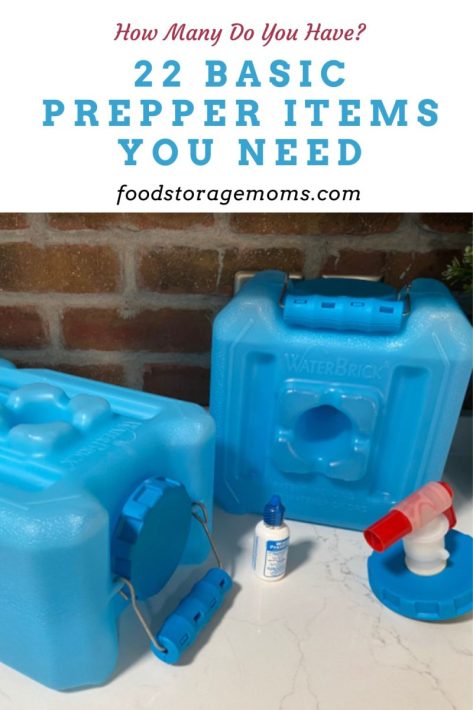
Basic Prepper Items
Besides having plenty of water and food set aside, you’re going to need several other supplies to make your situation more manageable. I’m here to help you with all of that. Keep reading to find out what basic items every prepper needs in their emergency supply kit.
1. Water
For every family member that you have, you’ll want a gallon of water per day set aside for them for drinking and sanitation purposes. A 3-day drinking water supply for each person should be enough for most emergencies, but I’d recommend setting aside more than that if you’re able to. By now you know I recommend 4 gallons of water per person per day. Waterbricks and Waterbrick Spigot
We not only need to stay hydrated, but we should have water for cooking and to meet minimum personal sanitation needs. That’s tough to do if you only have one gallon set aside for each person’s survival. There are a number of options when it comes to the types of water containers that will work best for your family. We’ve used 55-gallon barrels, larger tanks with drain spigots, but also smaller containers like Water Bricks that can be stored under a bed.
I like to recommend Water Preserver as a treatment for long-term storage since it lasts five years.
Don’t forget that the water you store needs to be clean enough to drink and the local municipal supply may become contaminated. Consider your options for water purification so you’re properly prepared. The volume you need typically can’t be handled by water purification tables alone. There are some great choices for water filtering systems, with some being gravity-fed and others running through the filters by an effective pump.
- Is Tap Water Safe to Drink?
- Water Storage: How Much Do You Really Need?
- Creative Water Storage Solutions for Emergencies
- Water Filtration System
2. Food
As far as food storage goes, I recommend that you build a several-day supply by stocking up on non-perishable food products. Those foods can have a long shelf-life. You want food in your stash with a shelf life long enough that it will still be good when you need it. Some food items for you to think about include canned goods like meat, fruit, and vegetables (don’t forget a can opener!).
It can also include protein bars, peanut butter, dried fruits, nuts, beef jerky, dried cereals, pasta, rice, dry beans, and high-energy foods. A three-day supply of food is a great place to start, but again, I’d encourage you to continue to add to your stockpile of food until you build up to a three months supply for the whole family. The more the better.
- Benefits of Dehydrating Food
- Understanding Expiration Dates on Food
- Emergency Breakfast Food
- Is Peanut Butter a Good Survival Food?
- 15 Foods I Would Stock For Sure
3. First Aid Kit
Injuries are known to happen at any time, but especially during emergencies. That’s why you don’t want to get caught without a first aid kit for your family. Besides bandages and gauze, make sure your kit also has some of the items you use every day. That could include items like pain relievers, antiseptic wipes, tweezers, scissors, basic medical supplies unique to your family, and a thermometer. It’s always safe to build your emergency kit.
- First Aid Kits-What You Need To Survive
- What’s In Your First Aid Kit?
- Emergency Preparedness and First Aid Kit Buckets
- How To Make A Children’s First Aid Kit
4. Prescriptions and Medicines
If have any family members with medical conditions or require regular medications, make sure to include their prescriptions in your kit. It’s also a good idea to consider allergy medicine, stomach, and pain relievers, along with flu and cough medicine.
- First Aid & Medicine
- Dollar Store Prepper Items
- What Are Natural Antibiotics for Humans?
- Are You Prepared for a Medical Emergency?
- Household Uses for Aspirin
5. Clothing and Blankets
I suggest that you set aside a few extra changes of clothing and blankets for each family member just in case the temperatures dip suddenly or members get wet during an emergency. This way, you’re sure to stay warm and dry. These are items that don’t take a lot of survival skills to efficiently put to use.
- 6 Reasons To Store Blankets For Any Emergency
- Best Time to Buy Children’s Clothing
- What To Stock Up On In April
- 10 Uses for Old Socks
6. Flashlight (w/extra batteries)
Don’t be left scrambling around in the dark during a crisis. Every prepper should have a flashlight and extra batteries in their emergency kit. I’d also recommend having an alternative source of light such as candles, glow sticks, or camping lanterns. Using rechargeable batteries also makes sense if you gain access to a power source during an emergency.
I love my solar-charged flashlights. I have a number of them stored on my window sills all the time so I can count on them being available when needed. I also suggest you have some headlamps. You may need to carry items as you evacuate or move within your home, so having both hands free and using those headlamps for the light needed makes things much easier.
Other handy devices include lanterns. We’ve had units that run on white gas, but prefer those that use propane and butane. You can also get solar-powered units that charge up pretty quickly using solar charger panels.
7. Hand-crank Radio
Even after the disaster is in your rear-view mirror, you’ll still need to know what’s going on around you. After all, there could be important updates or warnings that you need to know about. A hand-crank radio could provide you with that information.
Communication is so important during emergencies. You should also consider walkie-talkies for fairly short-range use, but a ham radio can come in handy to stay on top of world events. You can’t always count on the cell phone working full-time, so have some backup plans. Plan ahead so the higher-priced purchases don’t all come at once.
- Prepping in 2023: Starting with the Basics
- What You Will Need If the Power Goes Out
- 25 Prepping Items to Hoard
8. Tools
You may be required to use several different tools in the event of a disaster. If you have to turn off your main water valve or gas line, you’ll need a wrench, pliers, and possibly even a screwdriver. Make sure your kit also includes a hammer, a pocket survival knife with a sharp blade, and a multi-purpose tool. Having shovels of various sizes can prove very helpful too. Don’t forget duct tape, screws, nails, and a saw with sharp teeth.
Other essential survival gear items you should strongly consider are a compass, a weapon for self-defense, a backpack, a poncho, an emergency blanket, and a quality GPS unit.
- 20 Common Kitchen Tools You Need
- Top Gardening Tools You Need
- Manual Vintage Kitchen Tools We All Need
- 21 Vintage Kitchen Tools We All Must Have
9. Portable Water Filter
In the unfortunate situation where you’re forced to quickly leave your home and your emergency drinking water supply behind, a portable water filter would help in the meantime. I personally love the LifeStraw water filter because it’s easy to carry and can be used to filter out bacteria and small particles from any water source.
10. Fire Extinguisher
Your situation could become a whole lot worse if you don’t have a fire extinguisher to help put out the flames. Be sure to have at least one fire extinguisher on every level of your home.
- What is the Best Firewood for Home Heating?
- After House Fire Checklist
- The Best Way to Dry Firewood Quickly
- 11 Ways You Can Prepare for a Wildfire
11. Matches
Matches can be a great help if you don’t have any other way to start a fire. And, of course, it’s important to keep them in a waterproof container so they’ll still work when called upon on those wet and rainy days.
12. Eating utensils, Cups, Plates, Paper Towels
Don’t forget the little things like stocking up on eating utensils, cups, plates, and paper towels. They can make a big difference when you have to eat or clean something up in an emergency situation. Paper towels and toilet paper are also a must.
13. Trash Bags
Trash bags can come in handy when you have to clean up around your home during a disaster, or even be used to create a makeshift shelter. But don’t forget the duct tape for that scenario!
14. Sleeping Bags
Sleeping bags are excellent for warmth and comfort if you’re ever forced to evacuate during a disaster. They also come in handy if you lose the power needed to warm up your home. So don’t forget to add one for each of your family members to your stockpile as well!
15. Camping Tent
Again, if you’re forced to evacuate and have nowhere to go, you’ll be glad that you had a camping tent for shelter so that your family had a place to rest their heads.
16. Dust Mask
When things start really hitting the fan, you may need to use a dust mask in order to protect your lungs from toxic particles. Make sure you have at least one per family member if you’re planning to shelter in place or evacuate. Having multiple masks is a better idea since you don’t know ahead of time how long you’ll need them.
17. Whistle
Should your family become trapped inside your home following a natural disaster, don’t think that you can depend upon your lungs to be loud enough to be heard. Because who knows, you could have a bunch of debris piled on top of you. A whistle would do the trick!
18. Personal Hygiene
Nobody likes feeling unkempt during an emergency, so don’t forget to include items like shampoo, soap, toothpaste, toilet paper, and feminine hygiene products. These items will help you stay clean and comfortable for longer periods of time if need be.
- 35 Essential Personal Hygiene Products You Need to Stock
- 10 Hygiene and Sanitation Tips for a Disaster
- Hygiene Tips for an End-of-the-World Scenario
- Personal Hygiene-How To Survive Without Power
- How to Manage Your Period During an Emergency
19. Baby Items
For those of you with a baby, make sure you stock up on diapers, wipes, formula, bottles, and diaper rash cream.
20. Pet Supplies
Whatever you do, don’t forget about your pet! Make sure you include items like food, water bowls, and kitty litter in your prepper’s kit.
21. Important Documents
Be sure to keep all of your important documents in a fire and waterproof portable container that’s next to your prepping supplies. Some of these include insurance policy information, passports, birth certificates, and bank account and medical records. Essential basic prepper items are documents!
- How to Help Your Family Organize Important Documents
- Family Documents: What You Need
- Critical Documents You Need for Emergencies
22. Entertainment
It may not seem like a priority right now, but items such as books, board games, and puzzles can do wonders for morale during an emergency. And it’s probably best to have these on hand in case of boredom or cabin fever.
- How to Save Money in a Recession
- Cash Stash: Standby for Emergencies
- 13 Family Games You Need After A Disaster or Emergency
Final Word
All of these items are essential basic prepper items for anyone to have in order to survive a crisis. Don’t leave yourself or your family unprotected during an emergency. Be sure to start gathering up all the supplies on this list so that you can be ready for whatever comes your way! You can start small and build up your emergency inventory over time. I don’t recommend people go into debt to acquire these items. Take your time, buy quality the first time, and follow a plan you put in place. Are there any other items that I failed to mention that also would be great to have on hand for emergencies? I’d love to hear from you! May God Bless this world, Linda

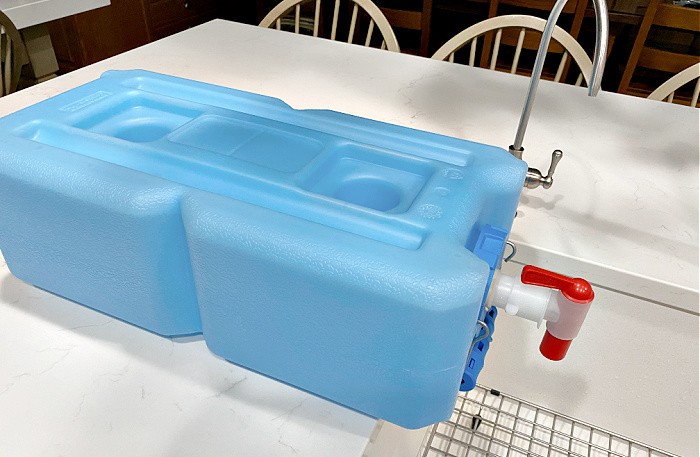

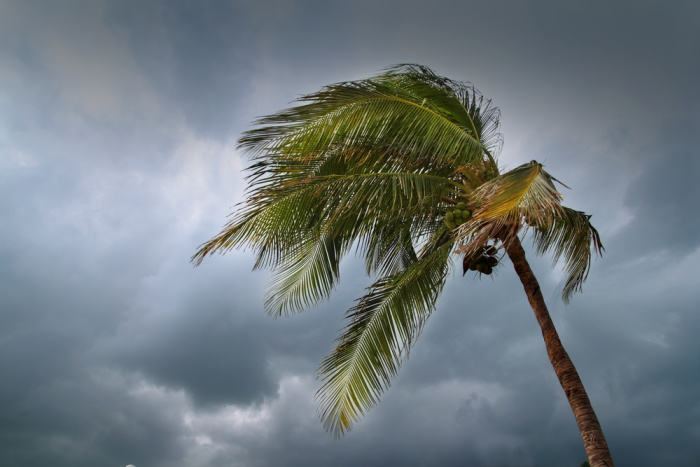
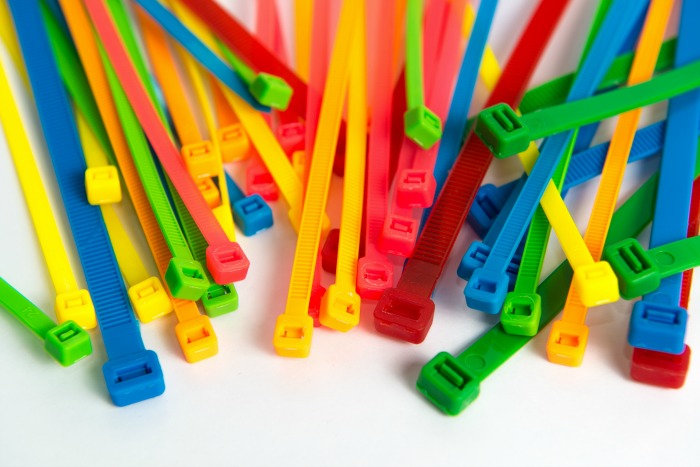
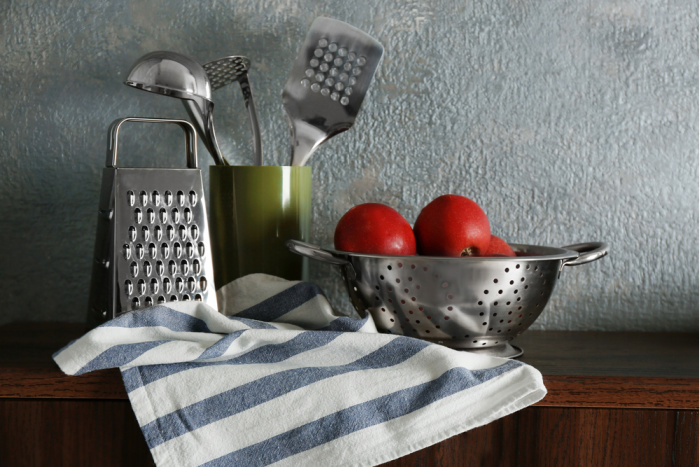
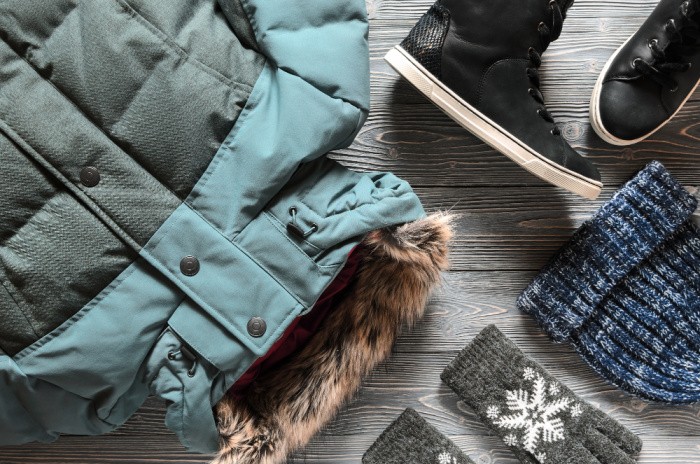
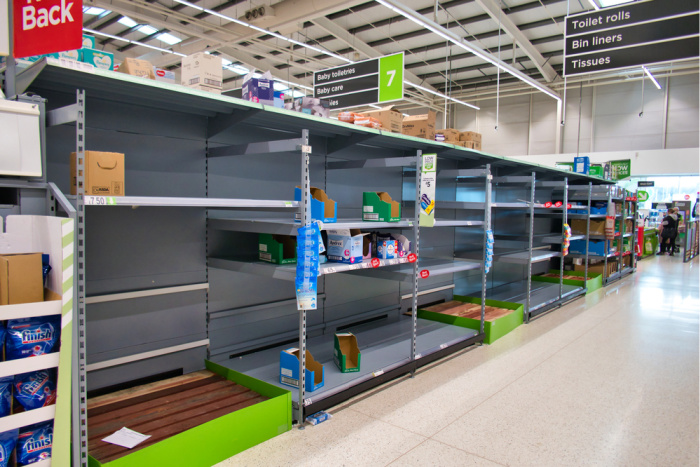
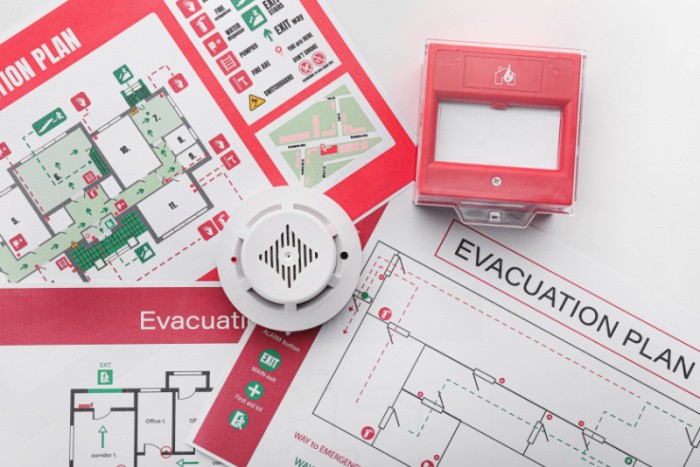







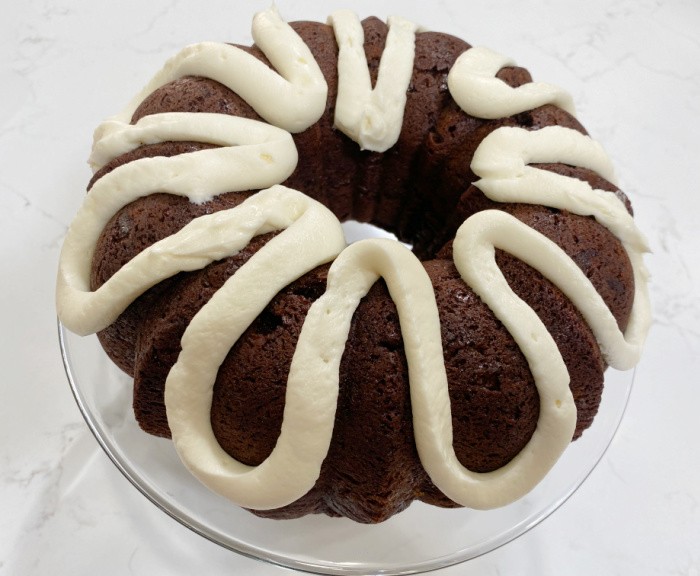
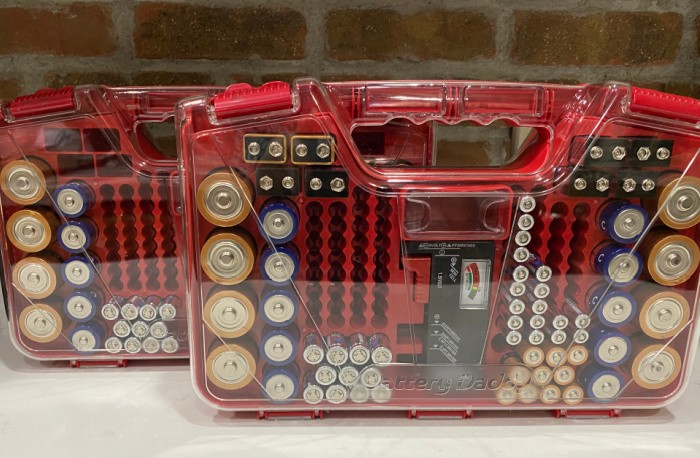




Knowledge and Know How. Store it, practice it and live it.
In some situations just sitting in place and surviving is enough. In others it could be dependent on what you can do.
Ask yourself which is better to be around or have on your team: an office worker with 3 months of food or a tradecraftsman with a week of food. The situation doesn’t have to be the zombie apocalypse it could just be post tornado or a winter storm that just turned into a three week no power event. Which one might be able to fix a generator? Be fit enough to haul firewood in? Shovel out? Own and operate a 4×4 with winch? Have a chainsaw and know how to use it? Understands how to shore up stuff with framing?
Not everything can be bought which is a downfall of many preppers.
Hi Matt, you nailed it today!!!! You are so right, we need a team with skills for sure. I know what I can do, but I want to be aware of what others can do as well. We have a neighborhood (brand new subdivision) that was flooded from snow melting too fast and it made a huge sink hole and now the homes on that street have all been evacuated. The utilities, water pipes, and lines are damaged. It will take 3 months to restore power and water to this entire subdivision. This year in Utah we have had more snow in years. In Utah we all remember the floods in 1983, this year may be worse. Everyone is filling sandbags. They may or may not work, that’s the problem. Luckily, as you said, we need people who can operate equipment, the whole community is pulling out their tractors and bobcats. Everyone is pitching in to help, hopefully it will be enough. Great comment, Linda
Dang that’s tough. Hope y’all get it fixed and survive the rest of the thaw.
We ain’t had enough moisture to hardly even measure. Some folks a few miles from here got enough hail to measure but that’s bout it.
Hi Matt, the next two months will tell the tale. Where I live we should be okay but there are some areas that will be in big trouble if the temperature warms up too fast. https://www.youtube.com/watch?v=0KJgFijAyZo
This year we have even more snow. Crazy weather. Linda
One note on the WaterBricks–besides the manual spigot, they also now have an electronic pump, charged off your computer. I did get one when I added more WaterBricks to my supplies… Sure, it won’t last long if SHTF, but for short-term or water-only problems, it’s very nice. The WaterBrick spigot has a minor inconvenience–once the water inside is partly used up, the brick has to be tilted to empty the rest, and the Brick can slide over the edge of the counter, table, whatever. With the pump, the tube goes right down to the bottom, so the Brick can stand upright, no tipping needed.
Another wonderful point about the WaterBrick storage–besides fitting neatly under beds, they stack securely, alternate layers can be placed crosswise (with the nubs still fitting in the sockets), and there are holes straight through the Bricks so a rod or dowel (even a broomstick) can be set in to ensure they don’t move.
HI Rhonda, oh, thank you for the heads-up on the electronic pump! I did not know that!! I love how they stack and go under beds. They are really great to store water in! Linda
Linda, I hope you make it through runoff undamaged. Too much snow is often a mixed blessing.
I’d recommend people keep some form of personal protection as part of their preps. That can be a knife, machete, something that goes bang, or bear spray. My wife and I both have gel type pepper spray cannisters and keep them with us whenever we’re out and about. The gel types don’t blow back in your face if your attacker is upwind of you. Tasers are also a decent, non-lethal, option.
I’ve been putting in summer crops like crazy while building the new coop. So much outside work is making me feel like I’ve been run over by a truck, but I’m losing pounds so all is good.
Hi Ray, oh I could use some of that weight-loss energy!! LOL! I agree about the tools to keep us safe. I’m excited to hear about you new chicken coop! Love it! Linda